Spring Cleaning Your Kitchen Appliances
Often overlooked in the Spring cleaning checklist are the kitchen appliances. Funny because the kitchen is one of the most used rooms in your home. From contaminated sponges and towels, filthy cutting boards, and don’t even get us started on that kitchen sink, kitchens house more germs than any other room in the house. Keeping your kitchen appliances clean can help them last longer before needing repair or replacement and can keep your family healthy at home. Here are some spring cleaning tips to make your appliances spotless and less dangerous for the spread of bacteria.
Oven and Stove Top
Remove and soak knobs in soapy water. Remove grates and fill a BPA free storage or freezer bag with ¼ cup of ammonia. Put the grates in the bag and let soak overnight. Wipe down the grates with a rag to dry. Use hot soapy water to wipe off the stovetop and backsplash.
Run your self-cleaning oven if you have it. If not, you’ll need some baking soda and vinegar. Catch crumbs and loose food particles first. Combine the baking soda and vinegar into a paste, and coat the interior of the oven. Let sit overnight and then wipe with a damp cloth. You can also coat the interior of the oven with baking soda and spray it with vinegar for a similar result.
You’ve probably noticed by this point that the glass door needs some cleaning, too. Use the same baking soda and vinegar solution for the glass. Leave on for only 30 minutes and then wipe clean until the glass shines to your satisfaction. Replace the knobs and voilà!
Refrigerator and Freezer
Behind the fridge usually lies dust, dirt, spills, and random items you’ve been missing for months. First, find your fridge’s coils. They are often behind the refrigerator, or above or below the doors in front. Expose coils by removing the cover. Grab the vacuum cleaner to suck up dirt and dust and keep your refrigerator running smoothly!
Move to the inside of the fridge and remove all food. Expired items should go in the trash—Wash drawers and shelves with warm, soapy water. Use a warm cloth to wipe down the insides of the rest of the refrigerator and freezer.
The freezer may require more rounds of wiping to get rid of any thawed liquid spills. Use the same warm cloth and soapy water technique or some baking soda and vinegar for tougher messes.
Dishwasher
Using two short cycles, start by running the dishwasher with one cup of vinegar on the top rack. It’s easiest to use a dishwasher-safe bowl. The second cycle should have ¼ cup baking soda sprinkled at the bottom of the washer. Combining these two cycles should clean out leftover ick and keep the dishwasher smelling fresh.
Microwave
The key to cleaning the microwave is citrus. Use a microwave-safe bowl that can fit roughly four cups in it and add one cup of water. Chop your preference of orange, lemon, or lime, and add it to the water. Microwave your citrus solution for a few minutes until it comes to boil. Wipe down the inside walls of the microwave with a damp cloth. If you’re not in love with the citrus solution or smell, use two tablespoons of vinegar and get a squeaky clean microwave.
The benefit of using the above techniques for kitchen appliance cleaning is there are no harsh chemicals in use, and you still get a spotless kitchen. Try to repeat this process every six months, so your kitchen stays clean, and your commonly used appliances stay in tip-top shape.
Freedom Appliance of Tampa Bay has 13 years experience in providing professional refrigerator and freezer repair, dishwasher repair, microwave repair, oven, stove, and range repair, washing machine and dryer repair, and other small appliances repair. We also specialize in kitchen and laundry appliance installation and dryer duct cleaning. .Call 813-302-7672 today!

